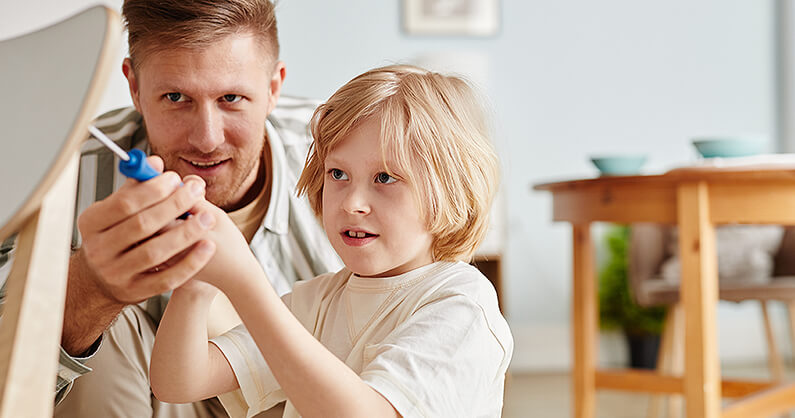Furniture donations: Where, what & how to donate before moving
When preparing for a move, many people realize they own more than they need or have items they no longer use. Rather than moving these excess pieces, donating furniture is an excellent way to declutter, make a positive impact, and lighten the load for your move. If you're wondering where, what, and how to donate, you're in the right place!
Why donate furniture before moving?
As interstate removalists, we’ve seen the benefits of furniture donations first-hand. There are three great reasons to donate your furniture.
- Declutter and save money: Reducing the amount of furniture means fewer items to pack, move, and unpack. This can lead to reduced moving costs, quicker packing times, and an easier settling-in process.
- Environmentally friendly: Donating helps prevent usable furniture from going to landfills.
- Support the community: Your donations can benefit those in need, providing them with essential furniture items.
- Give furniture a new life: While your furniture may now be that useful to you any more, chances are, there’s a family that could value it. Donating something that you’ll no longer use gives it new life.
What furniture can you donate?
Most donation centres will accept a variety of furniture items. Some popular donations include:
- Couches and lounge chairs
- Dining tables and chairs
- Bedframes and mattresses
- Bookshelves and cabinets
- Dressers and nightstands
- Office furniture like desks and chairs
You may also want to consider large and small appliances while you are at it. This could include fridges, stoves and microwaves to tasters and coffee makers.
Lamps, children's furniture like cots, changing tables small chairs as well as outdoor furniture can also be taken into account when you are donating.
Ensure the furniture is clean, in good condition, and free of significant damage. Some organisations might not accept items with rips, stains, or structural problems.
Tips for preparing your furniture for donation

- Look for damage including broken parts, loose screws or missing hardware. Repair if possible and simple.
- Clean the furniture: wood cleaner for wood, vacuum fabric, spot-clean stains, remove smudges and fingerprints from metal or glass
- Remove any personal items from the furniture. Check all drawers, pockets or secret hidden compartments.
- Label or document any special assembly instructions or notes about the furniture that the next owner should know.
- Do a safety check to be sure that the furniture is stable and has no sharp or protruding parts.
- Wrap it up for transport to the donation centre.
Where to donate furniture?
There are numerous places where you can donate furniture, some of which include:
- Local charities: Many local charities and non-profits accept furniture donations to support their causes. Examples include:
- Shelters: Homeless and domestic violence shelters often need furniture for their facilities or to help people when they move to permanent housing.
- Schools and universities: Some educational institutions accept furniture donations for student housing or common areas.
- Community and neighbourhood centres: They might need furniture for their facilities or know of families in need.
- Online platforms: Websites like Freecycle or Facebook Marketplace have "free" sections where you can list items you're giving away.
Learn where to donate furniture in Brisbane.
How to donate furniture?
- Prepare the furniture: Clean your furniture and make any minor repairs if necessary. Also, disassemble large items if required.
- Schedule a pick-up: Many organisations offer pickup services for large furniture donations. This is especially beneficial if you're unable to transport large items. Some of these you can schedule directly on their websites.
- Drop-off: If you have the means to transport your furniture, dropping it off at the donation centre can be quicker. Be sure to know their opening hours as many donation centres only take items when open.
- Get a receipt: If you itemise deductions on your taxes, get a receipt for your donated furniture. It could be tax-deductible.
Create the time to make this happen
When you move, things can get hectic, especially towards the end. A great strategy is to deal with as much as you can ahead of time and this could include donating furniture. If you can move it on now, before crunch time, do so.
If you’ve put together a moving house checklist, include your furniture donations early on. Remember that while interstate removalists can move furniture across the country, you can also have big pieces of furniture moved locally if needed.
Final thoughts
Donating furniture before a move is not just about lightening the load—it's about making a positive impact in someone's life. Whether your furniture finds a new home with a family in need, supports a local charity's cause, or furnishes a community centre, the act of giving makes your moving process meaningful.
If you're getting ready for a move and need assistance, don't hesitate to reach out to our interstate removalists at Austate. We're here to make your transition smooth and stress-free!

